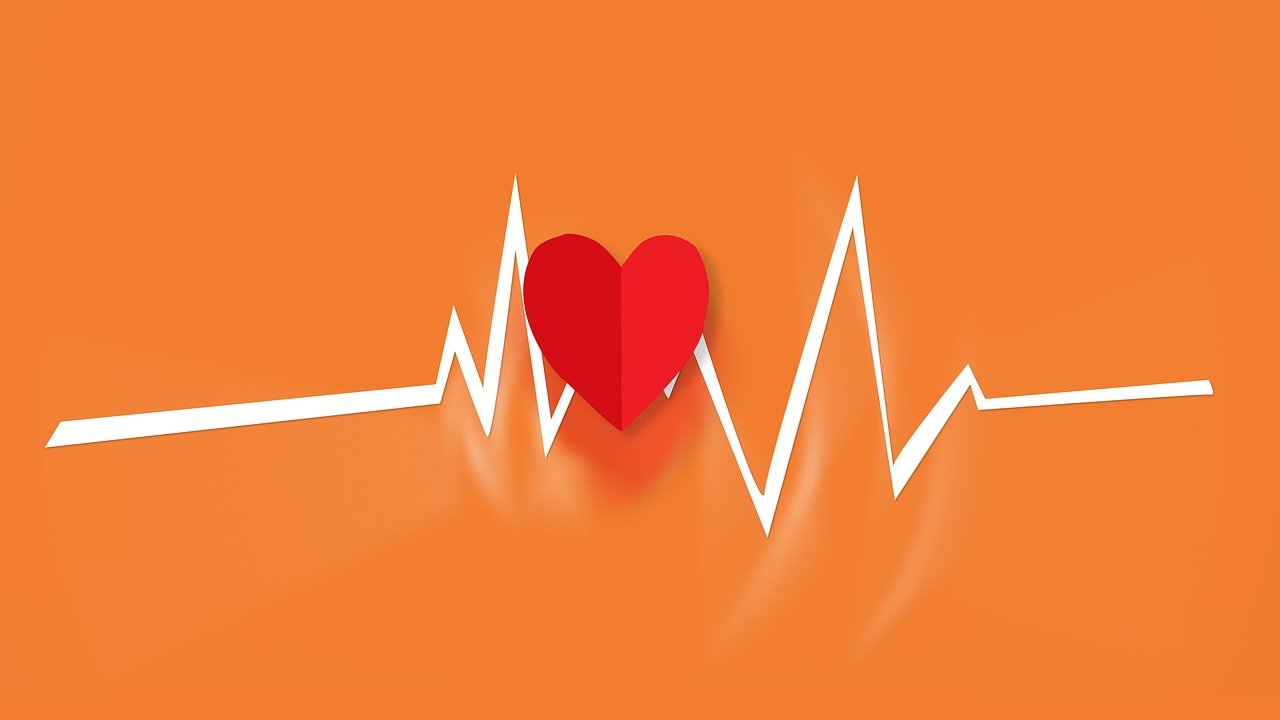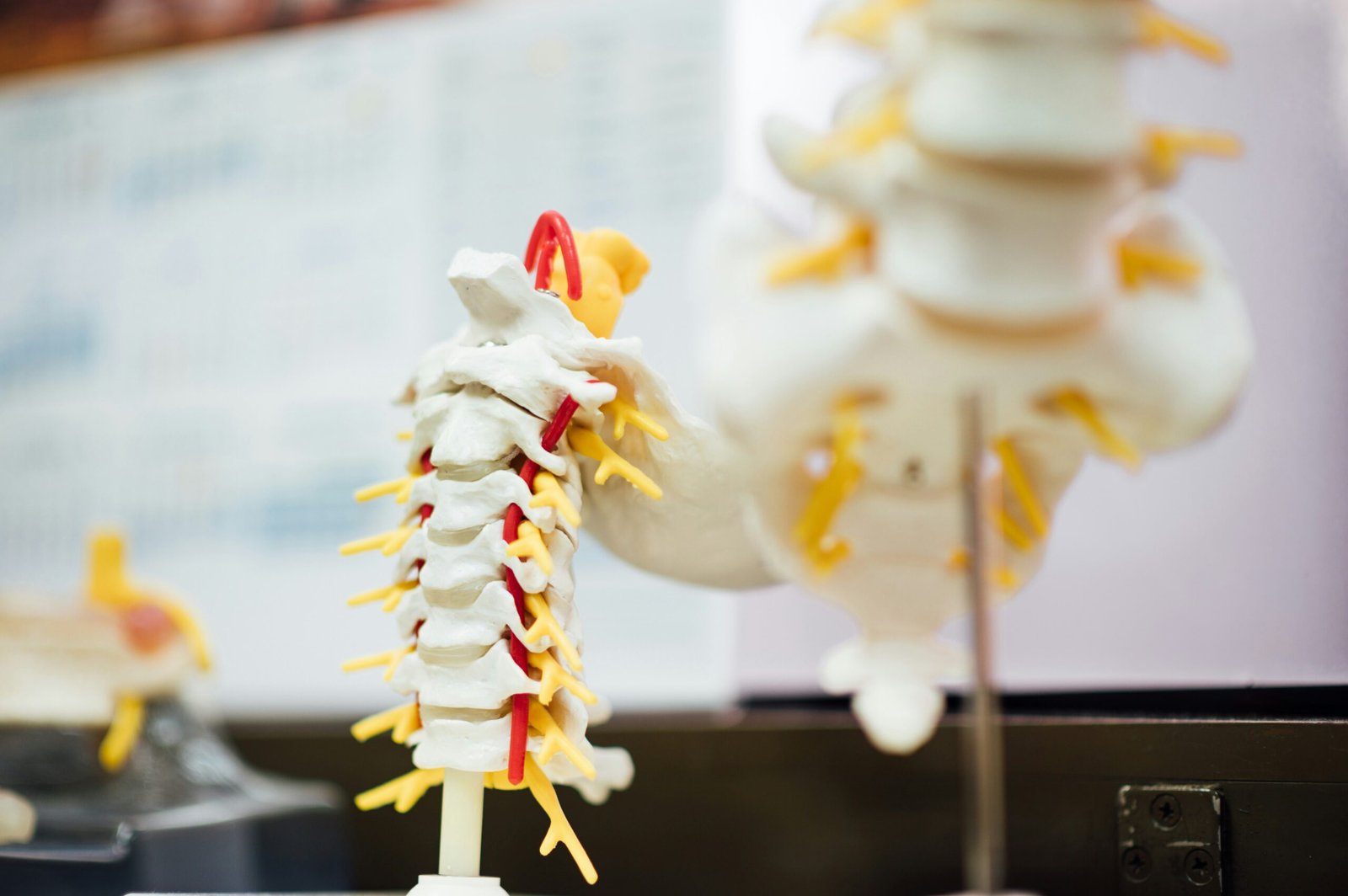Monitoring Heart Rate through Brain-Computer Interface
Advancements in technology have opened up new possibilities for monitoring our health in real-time. One such innovation is the brain-computer interface (BCI), which allows us to measure various physiological parameters, including heart rate.
A BCI is a system that enables direct communication between the brain and an external device. It works by detecting and interpreting brain signals, which are then translated into commands or data. By utilizing this technology, researchers have been able to develop methods for monitoring heart rate without the need for traditional sensors.
The brain emits electrical signals that can be captured using electroencephalography (EEG) sensors. These signals can provide valuable information about the body’s physiological state, including changes in heart rate. By analyzing the EEG data, algorithms can be used to extract heart rate information accurately.
This approach offers several advantages over traditional heart rate monitoring methods. Firstly, it eliminates the need for physical sensors, making it more comfortable for the user. Secondly, it allows for continuous monitoring, providing real-time data that can be used for immediate feedback or analysis.
Monitoring heart rate through a BCI has numerous applications in healthcare and sports performance. In healthcare, it can be used to detect abnormal heart rhythms or monitor patients with cardiovascular conditions. In sports, it can help athletes optimize their training by providing insights into their heart rate response during exercise.
However, it is important to note that monitoring heart rate through a BCI is still an emerging technology. Further research and development are needed to improve accuracy and reliability. Additionally, ethical considerations regarding data privacy and security must be addressed.
There is also some information I’ve pulled out from BARD
Brain-computer interfaces (BCIs) are devices that allow users to interact with computers and other devices using their brainwaves. BCIs are still in their early stages of development, but they have the potential to be used to monitor heart rate.
One way to monitor heart rate using a BCI is to use electroencephalography (EEG). EEG is a technique that records the electrical signals produced by the brain. EEG electrodes are placed on the scalp and record the electrical activity of the brain.
Another way to monitor heart rate using a BCI is to use magnetoencephalography (MEG). MEG is a technique that records the magnetic fields produced by the brain. MEG sensors are placed around the head and record the magnetic activity of the brain.
Once the electrical or magnetic signals from the brain have been recorded, they can be analyzed using a computer. The computer can be used to identify patterns in the brain signals that correspond to changes in heart rate.
Monitoring heart rate using a BCI has a number of potential applications, including:
- Early detection of heart problems: BCIs could be used to detect early signs of heart problems, such as arrhythmia or heart failure.
- Monitoring heart rate during exercise: BCIs could be used to monitor heart rate during exercise to ensure that people are exercising within a safe heart rate range.
- Monitoring heart rate during sleep: BCIs could be used to monitor heart rate during sleep to identify sleep apnea or other sleep disorders.
Monitoring heart rate using a BCI is a promising new technology with the potential to improve the health and well-being of many people. As BCI technology continues to improve, it is likely that BCIs will play an increasingly important role in monitoring heart rate.
Here are some specific examples of how monitoring heart rate using a BCI could be used:
- A BCI could be used to detect early signs of arrhythmia in a person with a history of heart disease.
- A BCI could be used to monitor the heart rate of a person who is exercising to ensure that they are exercising within a safe heart rate range.
- A BCI could be used to monitor the heart rate of a person who is sleeping to identify sleep apnea or other sleep disorders.
Monitoring heart rate using a BCI is a rapidly developing field with the potential to revolutionize the way we monitor and treat heart disorders.







